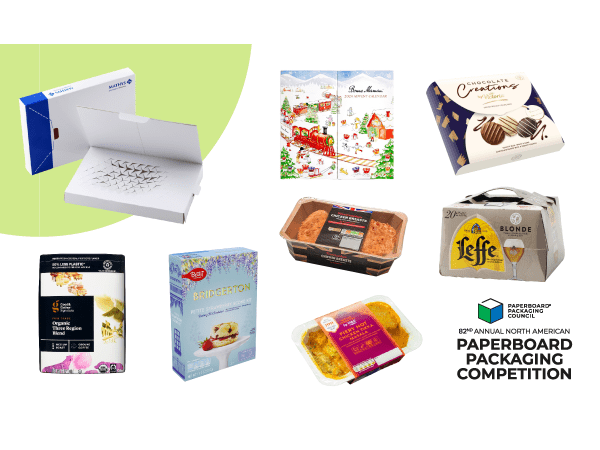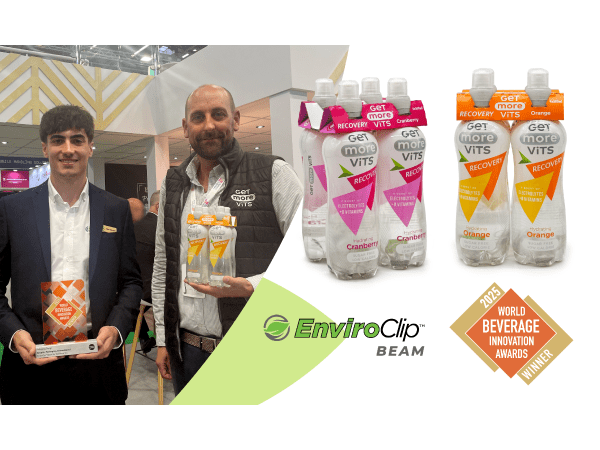News
Innovation in Food Packaging: Balancing Consumer Appeal, Sustainability and Regulations

Food packaging is evolving rapidly as brands navigate a complex mix of consumer expectations, sustainability goals and regulatory requirements. Industry leaders agreed during a recent DiveLive event: innovation in food packaging today must deliver convenience and shelf appeal while meeting environmental and compliance demands.
Consumer Trends Driving Design
Packaging that supports on-the-go consumption and quick meal solutions is essential for modern consumers. Gen Z and younger millennials especially expect packaging that reflects their lifestyle: active, fast-paced and frictionless.
“The ways in which people are eating have evolved and require more solutions for quick or on-the-go solutions meals,” said Roxanne McSpadden, director of new business development at Graphic Packaging International, who offered a packaging supplier’s perspective at The Future of Food and Packaging Innovation. “As a packaging supplier, we can support design development in structures that help deliver that convenience.”
Thoughtful design can delight consumers beyond the shelf — through easy-open features, functional storage and even inside-the-pack messaging.
“I love it when brands think about how consumers are opening the package. The design of the package really needs to be thought through from the point of purchase all the way through usage. But they can also delight consumers just in terms of providing that convenient functionality: if it’s doing something either convenient for managing the products in their pantry or convenient for how they’re going to consume the product. There’s a delight there that ‘It’s working well for me.’”
— McSpadden

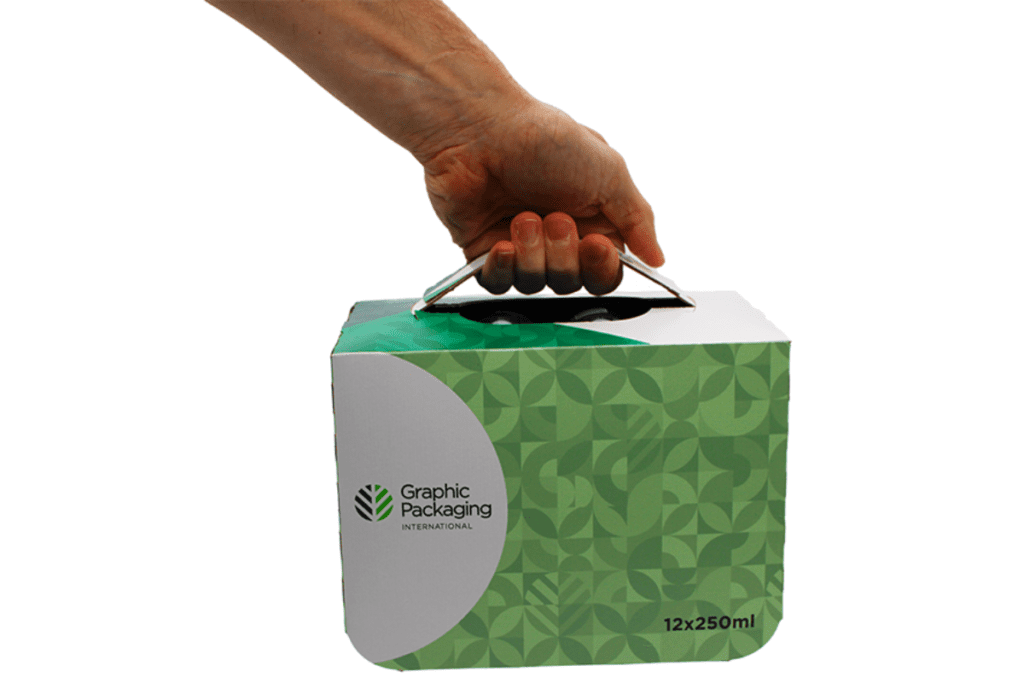
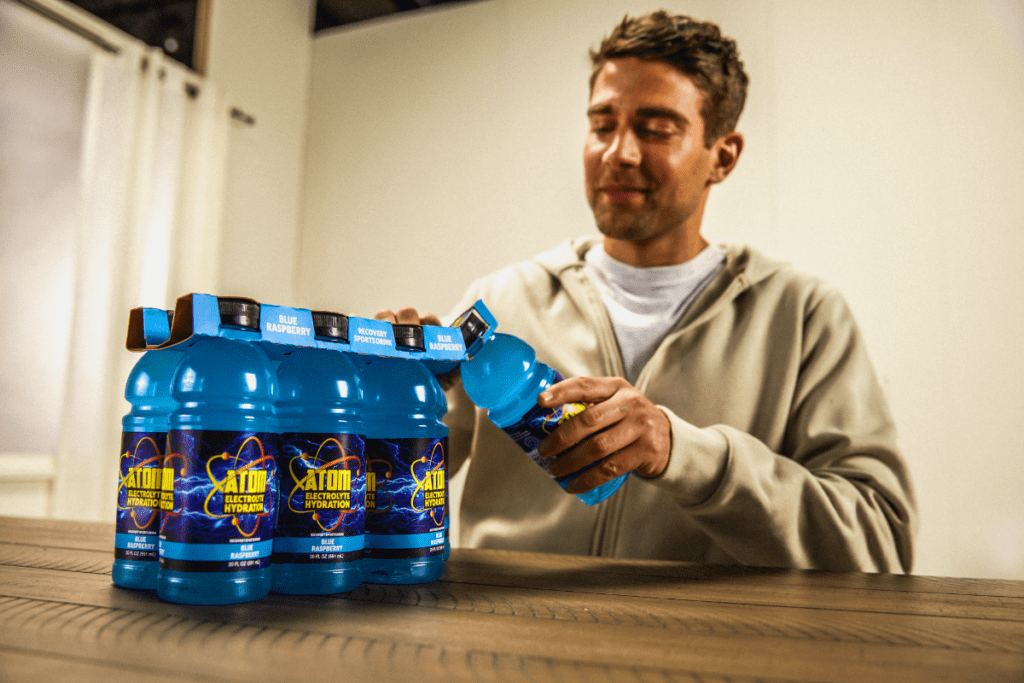

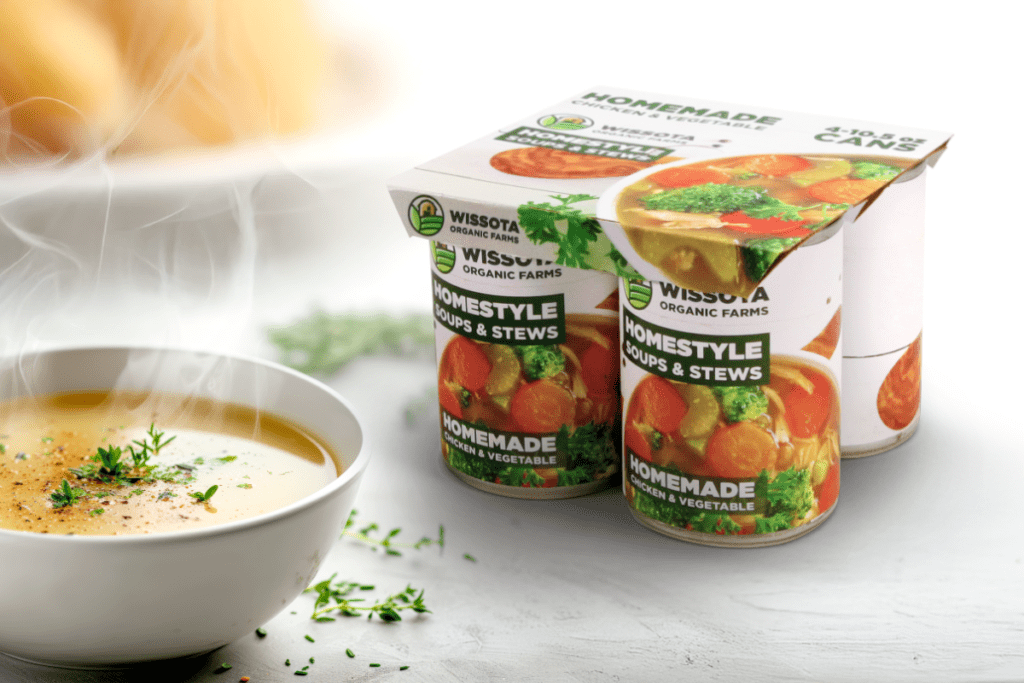
For example, Graphic Packaging’s PaperSeal™ trays offer high-quality print on the outside for strong branding and premium shelf presence. PaperSeal Cook is one of many tray options that allow for cooking directly in the tray. With a peelable film layer, PaperSeal enables easy clean-up and recycling.
Sustainability and Compliance: From Goals to Action
Brands are moving beyond broad commitments to measurable targets, such as reducing plastic and increasing circularity. The renewable source of paperboard — trees — and paperboard’s high recyclability rates remain strong advantages.
“Understanding circularity — the beginning through end of a packaging’s — is important to us and to our customers,” said McSpadden. “In our case, we have the benefit of having a renewable resource in our beginning material: our trees.”
At the same time, regulatory requirements add complexity. Companies must design packaging that meets diverse compliance standards while maintaining consumer appeal. This balancing act sometimes requires trade-offs, underscoring the importance of early collaboration with suppliers.
“Your suppliers can be partners in understanding the effect of making changes: if you’re being challenged with a certain material or looking for alternative materials that respond to the legislation or your own company’s goals,” said McSpadden.
Collaboration Is Key
Suppliers are strategic partners in this process. Global experience enables companies like Graphic Packaging to share insights from markets already operating under strict regulations, helping brands anticipate changes and optimize packaging for compliance, sustainability, and consumer engagement.
“In the case of Graphic Packaging, we’re a global packaging company, and we’ve seen a lot of movement in our European market,” said McSpadden. “We’re able to look at changes in products and offerings from that market, and a lot of those things will apply to the U.S. market, as well, in terms of achieving the targets that our customers are working toward.”
Bottom line: Packaging innovation today is a balancing act — delivering convenience and shelf appeal while meeting sustainability commitments and navigating regulatory complexity. By collaborating early and leveraging supplier expertise, food brands can turn these challenges into opportunities for differentiation and growth.
